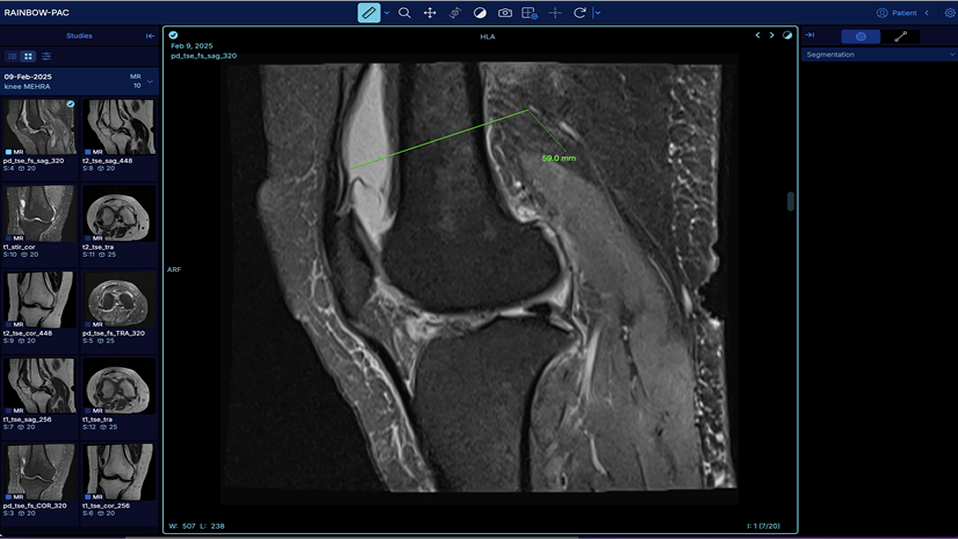If you work in healthcare, you know radiology image sharing can be a big deal. Getting scans like X-rays or MRIs to the right people quickly is key to good patient care.
But how do you decide the best way to share them? Two main methods—push and pull—handle this task differently. This article explains both, so you can pick what fits your needs. Let’s get to it.
Push Method: Sending Images Automatically
The push method is like sending an email with an attachment. You create the radiology image, and the system automatically sends it to the right people, like a doctor or a specialist. It’s fast and doesn’t wait for someone to ask for the data.
Why it’s useful: Studies show that push systems can deliver images in real-time or near real-time, which is critical in emergencies.
For example, if a patient has a stroke, the ER doctor gets the CT scan instantly, saving precious minutes.
Research from health information exchanges (HIEs) notes that push methods cut down on delays, with 90% of providers reporting faster access to critical data.
But there’s a catch. If too many images are sent at once, it can overwhelm the receiving system.
Imagine a hospital getting hundreds of scans daily—systems might slow down if they can’t handle the load. Also, the sender controls the flow, so the recipient might get data they don’t need right away.
Pull Method: Fetching Images When Needed
The pull method works like going to a library. You request the specific book—or in this case, radiology image—when you need it.
This is common in systems where doctors query a central database, like an HIE, to get a patient’s full medical history.
Why it’s great: Pull systems give you control. You only grab the images you need, which reduces clutter.
A 2019 study found that pull-based HIEs reduced unnecessary tests by 15% because doctors could access existing scans instead of ordering new ones.
This method also creates a complete patient record by pulling data from multiple sources, like labs or other hospitals.
However, pull systems can be slower. You need to send a request and wait for the response, which might take seconds or longer if the system is busy.
Firewalls or security settings can also complicate things, making it harder to connect to the database.
Comparing Push and Pull: Key Differences
To help you decide, here’s a quick look at how push and pull stack up:
| Feature | Push Method | Pull Method |
| Speed | Fast, real-time delivery | Slower, depends on request processing |
| Control | Sender controls what’s sent | Only fetches the needed data |
| Data Volume | Can overwhelm systems with high volume | Only fetches needed data |
| Use Case | Emergencies, routine updates | Comprehensive patient history |
When to Use Push for Radiology Image Sharing?
Choose the push method when speed is critical. For example, in an emergency room, doctors need scans immediately to make life-saving decisions.
Push systems shine here because they send images as soon as they’re ready. They’re also great for routine updates, like sending lab results to a patient’s primary care doctor.
A 2017 HIE study showed that push methods improved care coordination by 20% in primary care settings by ensuring doctors got timely updates.
Push is also better when the data is immutable—meaning it won’t change. Once a scan is done, it’s final, so pushing it to the right people makes sense.
Plus, push systems are more secure since the sender doesn’t need to open their system to external requests, reducing the risk of hacks.
But be careful. If your hospital handles high volumes of images, like thousands daily, push systems might overload smaller tools servers. You’ll need strong IT support to manage the flow.
When to Choose Pull for Radiology Image Sharing?
Go for the pull method when you need flexibility and control. If a doctor is reviewing a patient’s history before a surgery, they might want to pull all relevant scans from different hospitals.
This method is perfect for building a complete picture of a patient’s health. For instance, a 2020 study found that pull-based systems helped reduce redundant imaging by 10% in multi-hospital networks.
Pull systems are also ideal for research or analytics. If you’re studying patterns in radiology data, you can pull specific datasets without flooding your system with irrelevant images. But you’ll need a solid network setup, as pull systems rely on secure, fast connections to fetch data.
The downside? Pull methods can be complex to set up. You need strong security to protect the database, and constant requests can strain servers if many users are pulling data at once.

Finding the Right Balance
Most healthcare systems don’t stick to just one method. A hybrid approach often works best.
For example, you might use push for urgent cases, like sending trauma scans to the ER, and pull for non-urgent tasks, like reviewing a patient’s history.
A 2019 study on HIEs found that 70% of primary care providers used both methods to meet different needs.
Think about your workflow. If your team needs instant updates, lean toward push.
If you’re focused on detailed patient records or research, pull is better. Consider your IT setup too—push needs robust servers, while pull requires secure, fast connections.
Tips for Better Image Distribution
No matter which method you choose, here are some practical tips to make radiology image distribution smoother:
- Check your tech: Make sure your servers can handle the data load, whether you’re pushing or pulling.
- Prioritize security: Both methods need strong encryption to protect patient data.
- Train your team: Teach staff how to use the system efficiently to avoid delays or errors.


